content body
Just like a coach considers the starting lineup before a football game, choosing which eagle from the Auburn University Raptor Center (AURC) will make the famous pre-game flight in Jordan-Hare Stadium is a game time decision.
“About an hour before the game, we kind of look at their game face and decide,” said Andrew Hopkins, the center’s administrative coordinator. “We don’t know until an hour before kickoff who will be flying.”
This fall, the famed tradition turns 25 years old, and the AURC, which is housed in the College of Veterinary Medicine, is celebrating with a campaign — from now through the Iron Bowl on Nov. 29 — to raise awareness and philanthropic support for community education efforts and the training and care of its raptors.
And it’s expert training that makes the pre-game flights run smoothly, thrilling the audience every time.
“These birds are athletes in their own right,” said Robyn Miller, director of the AURC. “We set them up for success by consistently practicing and maintaining their flight fitness.”
How does training work?
Hopkins said training starts with bringing the eagles to the stadium almost every single day during football season — “so they know the stadium means food.” Both the eagles and their handlers put in hundreds of hours of training each year for a handful of flights.
“By the time gameday arrives, the eagles have practiced so much in the stadium — and attended enough educational programs — that the roar of Jordan-Hare is background noise for them.”
“We’re actually in the stadium every day from July until the end of the season,” Hopkins said. “That really gets that repetition in; that way on gameday, it’s just another practice for them. They’re doing the same thing, there just happens to be 87,000 people watching.”
And by “doing the same thing,” Hopkins means the raptors are looking for food.
When they begin training a new raptor, staff members start at the center, where they use a long line called a creance. They ask the eagle to jump just a few yards away and reward it with a snack.
The eagles soon transition to working in Jordan-Hare, where trainers begin practice flights on the field and gradually move up through the stadium. Once the trainers trust the eagle won’t fly away, they take off the creance, put on a tracking device and go back down to the field to start the process all over again.
This process happens every year, and the more experienced the eagles get, the faster the training goes. They can fly anywhere between one and four flights a day while training. New stadium fliers take between six and 12months to train, depending on their medical history, fitness and personality.
And as they train for their flights, the eagles grow accustomed to seeing their food in the middle of the field. The sign of their trainer with a lure means it’s time to head back down for a meal.
“As soon as it looks like maybe they’re losing interest in flying around or they’re getting too close to the edge of the stadium, we run out and show them the lure — and they’ll dive right toward the 50 [yard line],” Hopkins said.
Who is flying?
The AURC is currently home to four eagles that have flown in Jordan-Hare: Nova (War Eagle VII), Aurea (War Eagle VIII), Spirit (an honorary War Eagle) and Indy. Indy and Aurea are current flyers, while Nova and Spirit are retired.
The center utilizes both golden eagles and bald eagles for pre-game flights. Although the trainers don’t decide until an hour before game time which bird will fly, they do sometimes try to plan based on the game day theme. They like to use Indy, a bald eagle, for military appreciation games and Aurea, a golden eagle, for big rivalries and homecoming games, since the golden eagle is the official war eagle.
“Flying a bald and a golden eagle provides representations for both resident eagle species in the U.S.” Miller said.
Eagles prefer flying with the wind instead of against it, so they can fly from any of the four corners of the stadium. In the past, AURC trainers have piped in crowd noise during practice, but Hopkins said the birds really don’t have stage fright, thanks to their participation in some of the center’s approximately 300 presentations each year.
“By the time gameday arrives, the eagles have practiced so much in the stadium — and attended enough educational programs — that the roar of Jordan-Hare is background noise for them,” Miller said.
Thanks to the time and effort the staff put into training, and the promise of a snack at midfield, these graceful eagles know exactly what to do.
“It's really about repetition, positive reinforcement and trust,” Hopkins said. “The eagles know the routine. They know they can trust us and that we are going to provide them with those food rewards.”









